How The Yardage Differs From Men's To Women's Olympic Golf Competition
Both the men's and women's Olympics golf tournaments are played at Le Golf National's Albatros Course, but they have markedly different yardages
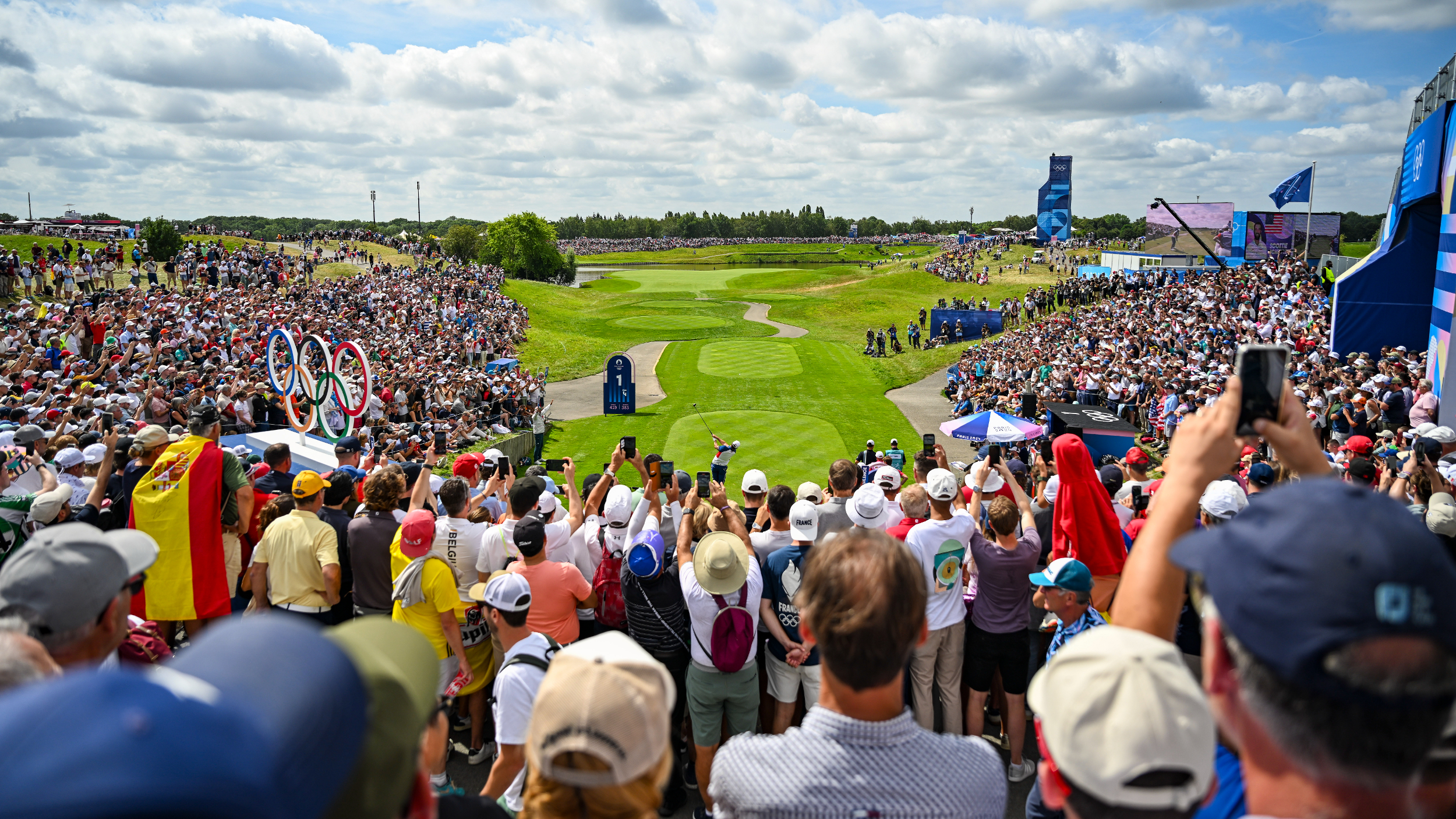

Jonny Leighfield
Following the excitement of the men’s Olympics golf tournament, which saw American Scottie Scheffler claim the gold medal, this week sees the women’s event at Le Golf National.
Like the men’s competition, many of the world’s best players will be in action in Paris, including 2020 gold medal winner and current World No.1 Nelly Korda. However, the tournament will feature significantly shorter yardages than the men’s event.
Le Golf National’s L'Albatros Course, which also hosted the 2018 Ryder Cup and is the home of the Open de France, was set up as a par 71 for the men's contest, reaching 7,174 yards. For the women’s event, though, it will be a par 72 measuring 6,407 yards.
The par 4 first hole was 419 yards for the men, and it had initially been anticipated it would be 386 yards for the women. However, the day before the event began, it was confirmed by the Golf Channel it would be moved back to the same tee as the men.
Officials @OlympicGolf told us today and as reported by @RexHoggardGC on GC - the 1st tee of the Women’s Competition will be moved back to the same tee as the Men -providing a stadium environment seen for the opening tee shot last week. The original plan was to use a forward tee.August 6, 2024
Water a factor that will see most players deciding to lay up. Next, it’s one of four par 3s at the course. It was set at 210 yards for the men but will be just 154 yards for the women.
The first par 5 of the course comes next, which was a 558-yard effort for the men, and will be the longest the women will face at 499 yards, where they will need to navigate water on each side of the fairway and a large greenside bunker.
Bunkers guard the green on the fourth, too, which was 486 yards for the men and will be reduced to 421 yards for the women. The fifth was a 405-yard par 4 for the men but will be 371 yards for the women, with bunkers prominent on both the fairway and around the green, before another par 4, at 380 yards for the men and 359 yards for the women, features a huge green but no sand traps.
Get the Golf Monthly Newsletter
Subscribe to the Golf Monthly newsletter to stay up to date with all the latest tour news, equipment news, reviews, head-to-heads and buyer’s guides from our team of experienced experts.
The seventh was set at 457 yards for the men but is 23 yards less for the women and features bunkers to the left of the green, while the par 3 eighth was 208 yards for the men but will be 161 yards for the women playing from its elevated tee.
The longest hole for the men was the ninth, at 579 yards, but it is set at 466 yards for the women. It features water to the left and a tiered green with bunkers to the right. After the turn, the par 4 10th was 375 yards for the men but will be 351 yards for the women, while the par 3 11th, which has a lake in front of the green, was 174 yards in the men’s tournament, but will be 30 yards less for the women.
The 12th was set at 433 yards for the men, and will be 408 yards for the women before another par 4, the dogleg right 13th, which was 414 yards in the men’s tournament and will be 371 yards for the women.

The par 4 12th was set at 433 yards for the men, and will be 408 yards for the women
The long par 5 14th requires accuracy thanks to its narrow fairway. It was 552 yards for the men but will be 478 yards for the women, before players tackle the par 4 15th with its island green - the culmination of 405 yards for the men and 377 yards in the women’s tournament.
The final par 3, set at 168 yards for the men and just 150 yards for the women, is next, before the par 4 17th, which was 480 yards for the men and will be 397 yards for the women.
Discussing the challenges they will face, as well as pointing out how the male style of golf allows for a different kind of game plan, French pair Celine Boutier and Perrine Delacour said there was not much they could learn from watching their male peers just days before.

French No.1 Celine Boutier
Delacour said: "The men are playing so far different than us, so I personally think the strategy is way different. Like Victor [Perez] had an iron on No. 3 and I had 3-wood to just like not even get to the green.
"I think it's playing different between the men and us but we definitely have an idea where the pin can be. So that's helpful for us."
Meanwhile, Boutier said: "I agree. The game is very different; the height that they have; the power that they have the stopping power that they have is very different. So you can't really expect us, me personally, to play the same way.
"Like I said, maybe the pin position but, again, because they get so much height they are able to tuck the pins closer to the edges. With us, the clubs that we have, it's a little bit harder to stop it. You have a general idea of what the pins will be, similar to the men."

Water and bunkers come into play on the final hole
Finally, the devilish 18th sees players needing to negotiate bunkers and water. It was a par 4 471-yard effort in the men’s tournament, but becomes a par 5 447-yard hole for the women’s contest.
Yardage Comparison - Men's vs Women's Olympic Golf Competition
| Hole | Men's Yardage | Women's Yardage |
|---|---|---|
| 1 | 419 | 419 |
| 2 | 210 | 154 |
| 3 | 558 | 499 |
| 4 | 486 | 421 |
| 5 | 405 | 371 |
| 6 | 380 | 359 |
| 7 | 457 | 434 |
| 8 | 208 | 161 |
| 9 | 579 | 466 |
| 10 | 375 | 351 |
| 11 | 174 | 144 |
| 12 | 433 | 408 |
| 13 | 414 | 371 |
| 14 | 552 | 478 |
| 15 | 405 | 377 |
| 16 | 168 | 150 |
| 17 | 480 | 397 |
| 18 | 471 | 447 |
| Total | 7,174 | 6,407 |

Mike has over 25 years of experience in journalism, including writing on a range of sports throughout that time, such as golf, football and cricket. Now a freelance staff writer for Golf Monthly, he is dedicated to covering the game's most newsworthy stories.
He has written hundreds of articles on the game, from features offering insights into how members of the public can play some of the world's most revered courses, to breaking news stories affecting everything from the PGA Tour and LIV Golf to developmental Tours and the amateur game.
Mike grew up in East Yorkshire and began his career in journalism in 1997. He then moved to London in 2003 as his career flourished, and nowadays resides in New Brunswick, Canada, where he and his wife raise their young family less than a mile from his local course.
Kevin Cook’s acclaimed 2007 biography, Tommy’s Honour, about golf’s founding father and son, remains one of his all-time favourite sports books.
- Jonny LeighfieldStaff Writer
-
 Rory McIlroy And Shane Lowry Explain Golf Ball Tactics For Zurich Classic Foursomes
Rory McIlroy And Shane Lowry Explain Golf Ball Tactics For Zurich Classic FoursomesDefending Zurich Classic of New Orleans champions Rory McIlroy and Shane Lowry explained how they go about picking which golf ball to use in foursomes
By Paul Higham
-
 I'm A New Dad (Of Twins)... Here Are My 4 Top Tips For Balancing Fatherhood And Golf
I'm A New Dad (Of Twins)... Here Are My 4 Top Tips For Balancing Fatherhood And GolfAs a first time father, and an avid amateur golfer, I utilise these four simple tips to maintain a balance between two of the things I love most in the world...
By Barry Plummer
-
 Chevron Championship Tee Times: Rounds One And Two
Chevron Championship Tee Times: Rounds One And TwoA look at when the players are teeing it up in the opening two rounds of the Chevron Championship - the first women's Major of the year
By Mike Hall
-
 Charley Hull Social Media Video Reveals Brutal Weather Conditions Ahead Of Chevron Championship
Charley Hull Social Media Video Reveals Brutal Weather Conditions Ahead Of Chevron ChampionshipCharley Hull has added a video to her Instagram stories showing strong wind and heavy rain in Texas ahead of the first women's Major of the year
By Mike Hall
-
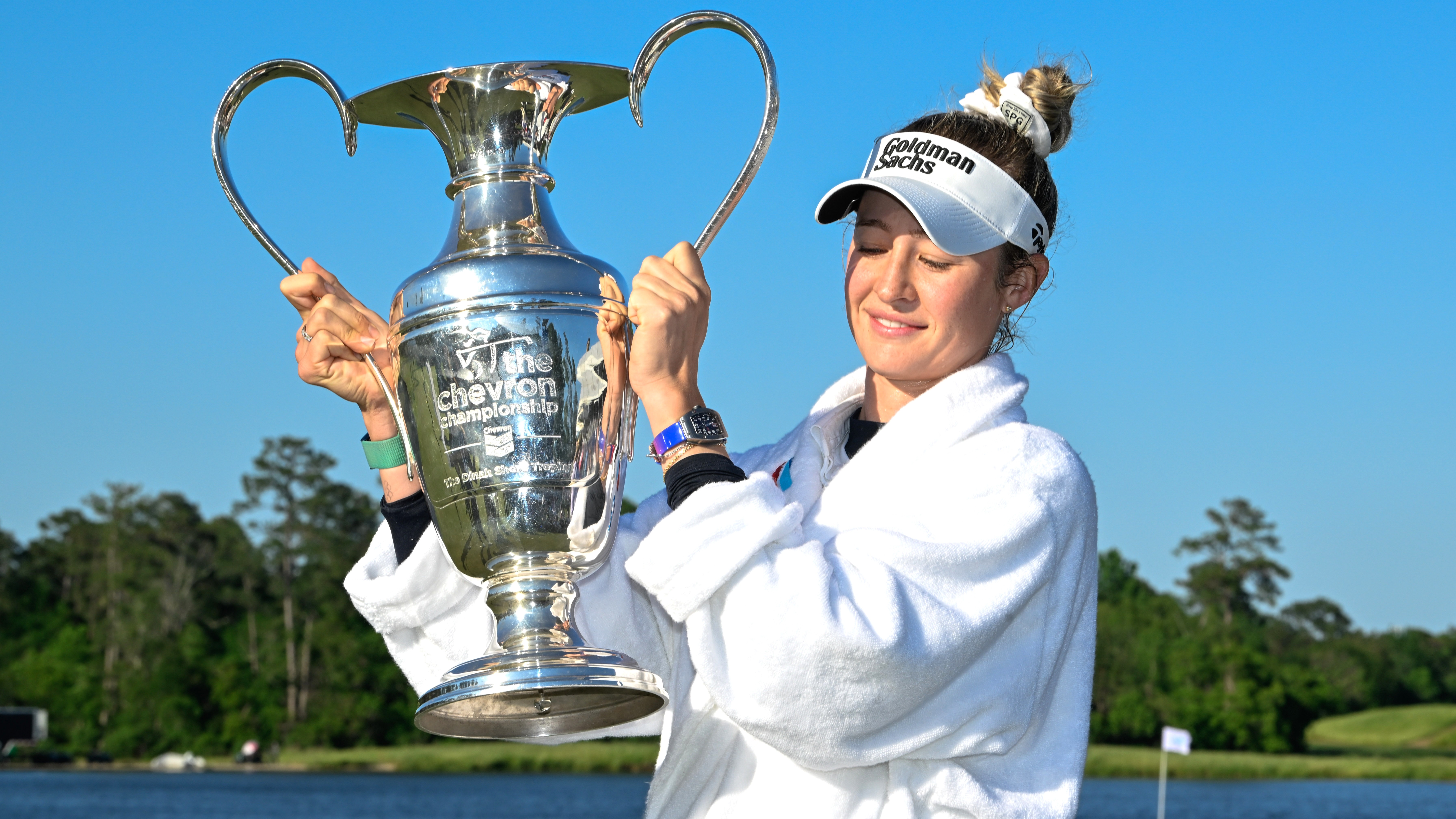 How To Watch Chevron Championship 2025: Live Streams, TV Channels, Schedule
How To Watch Chevron Championship 2025: Live Streams, TV Channels, ScheduleAll the details on how to watch Chevron Championship online and on TV from anywhere, as the first women's Major of 2025 takes place at Carlton Woods this week.
By Roderick Easdale
-
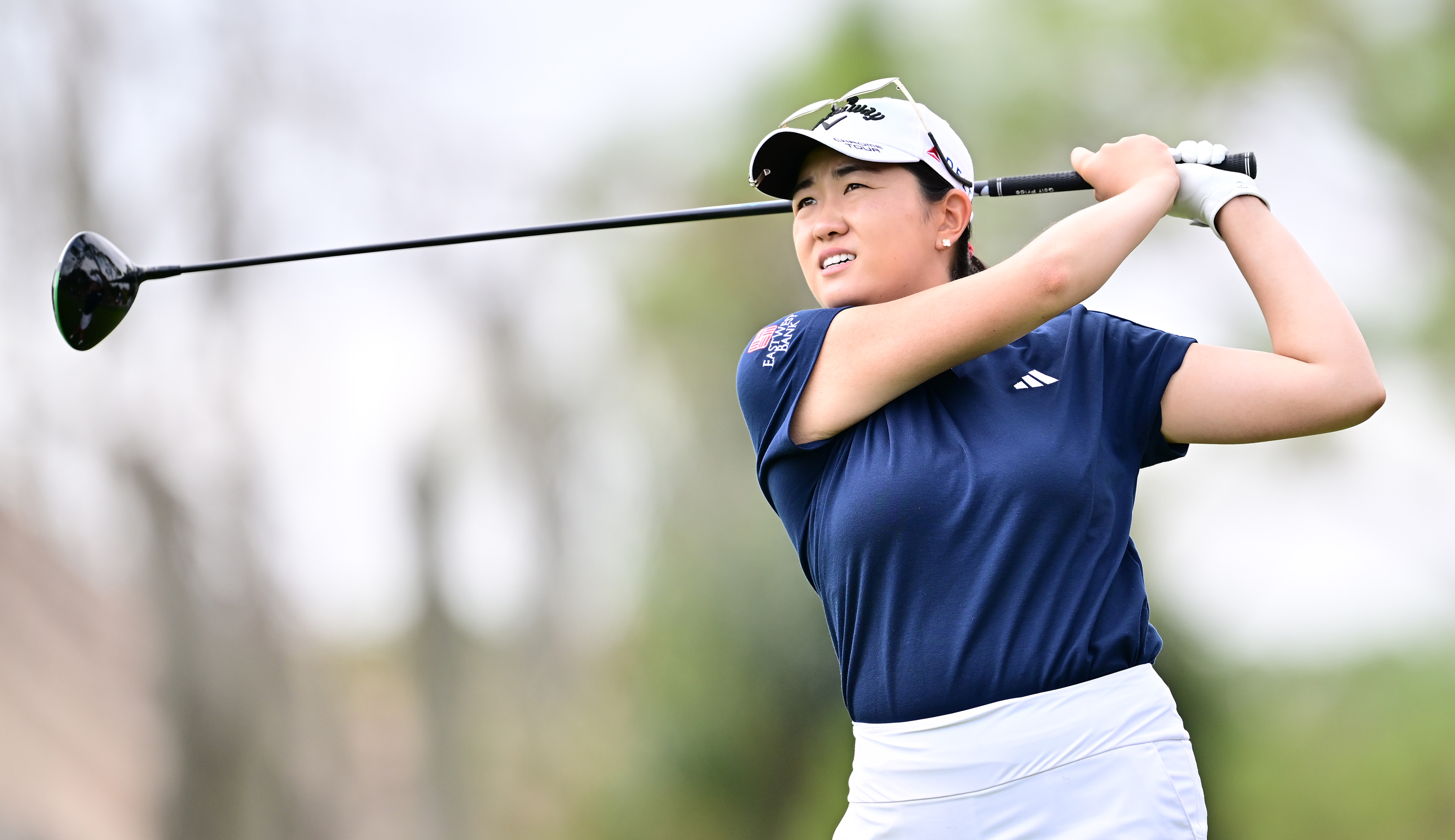 Rose Zhang Ruled Out Of Chevron Championship
Rose Zhang Ruled Out Of Chevron ChampionshipThe American hasn't featured in a competitive event since withdrawing from the T-Mobile Match Play, with it reported that Zhang will miss the Chevron Championship due to an ongoing neck injury
By Matt Cradock
-
 Rookie Ingrid Lindblad Seals Maiden LPGA Tour Title In JM Eagle LA Championship
Rookie Ingrid Lindblad Seals Maiden LPGA Tour Title In JM Eagle LA ChampionshipThe Swedish star won by one over fellow rookie Akie Iwai at El Caballero Country Club
By Mike Hall
-
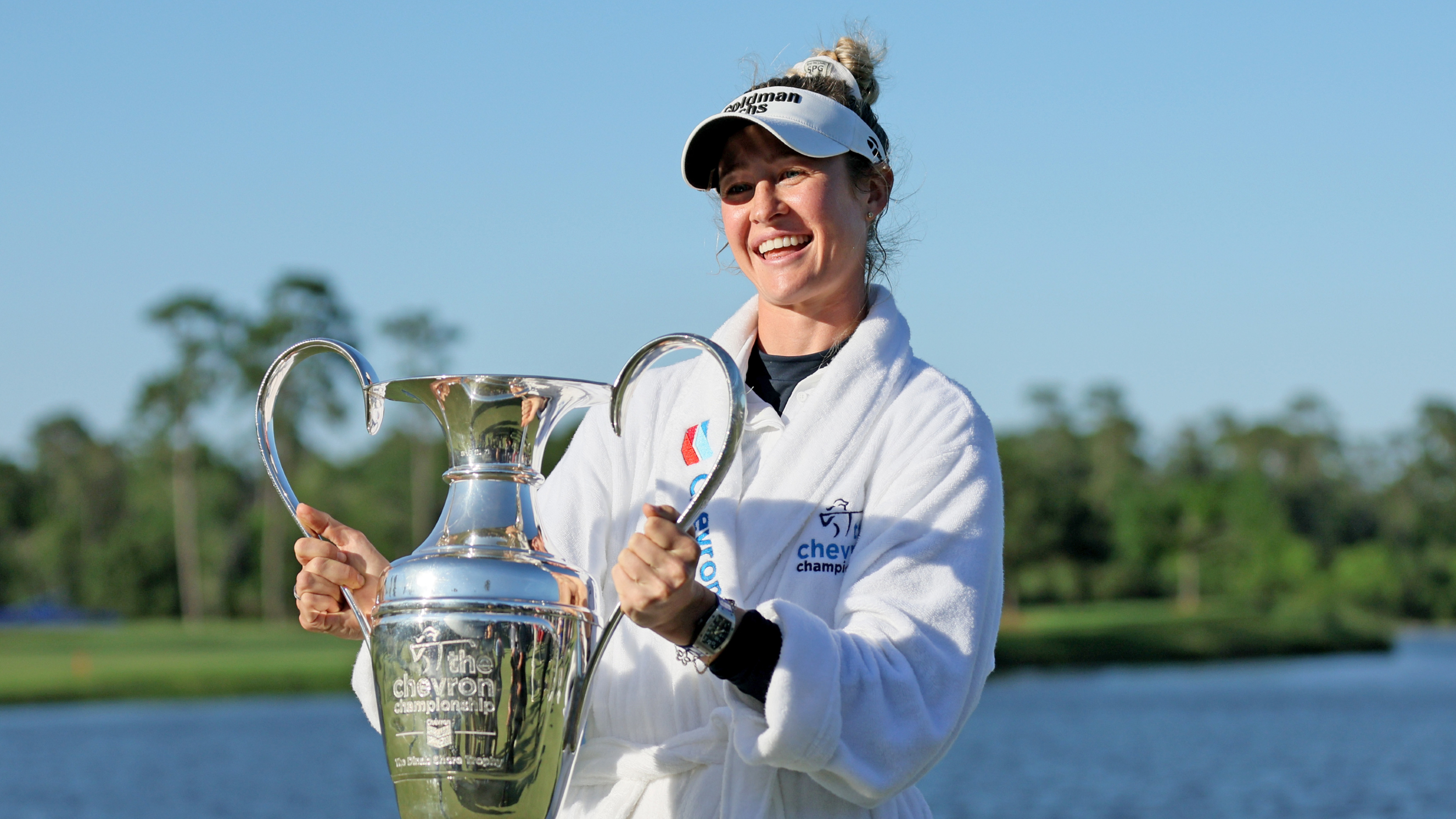 Nelly Korda Reveals Menu For Chevron Champions Dinner
Nelly Korda Reveals Menu For Chevron Champions DinnerThe 2024 winner hosts the Champions Dinner before the defense of her title, and the menu hints at her Czech heritage
By Mike Hall
-
 Meet The 8 Amateurs Playing In The Chevron Championship
Meet The 8 Amateurs Playing In The Chevron ChampionshipThe Chevron Championship includes eight amateurs – here are the details of the rising stars and how they reached the first women’s Major of the year
By Mike Hall
-
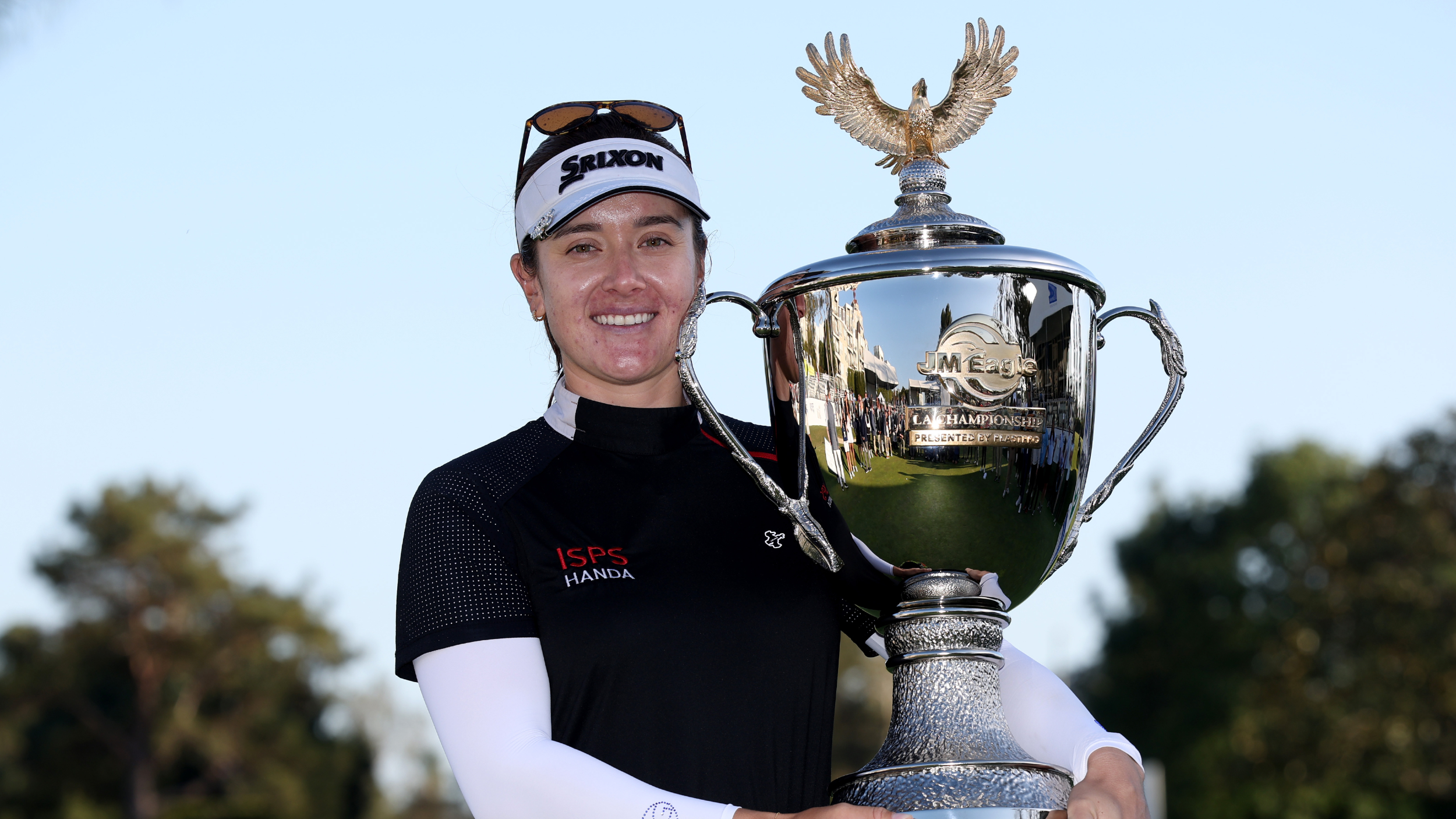 JM Eagle LA Championship Prize Money Payout 2025
JM Eagle LA Championship Prize Money Payout 2025The LPGA Tour heads to California for the JM Eagle LA Championship, where the largest prize money payout of the season so far is on the table
By Mike Hall